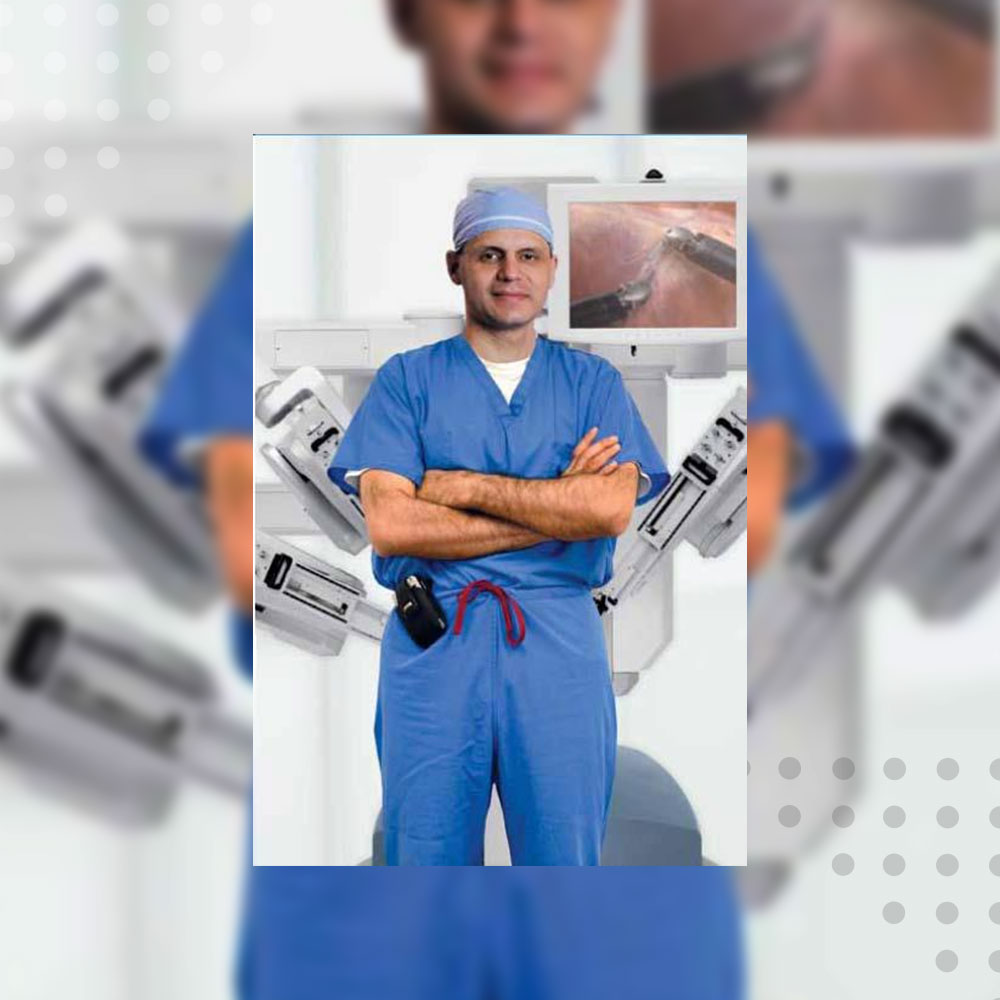
Heart disease remains one of the leading causes of mortality worldwide, with conditions such as valve disorders posing significant challenges to patient well-being. Traditionally, treating valve abnormalities required invasive open-heart surgery, which often carried substantial risks and prolonged recovery times. However, in recent years, advancements in medical technology have ushered in a new era of minimally invasive heart care, particularly through transcatheter valve therapy. This groundbreaking approach offers a less invasive alternative to traditional surgery, revolutionizing the treatment landscape for patients with valve disorders.
Evolution of Heart Care: From Open Surgery to Minimally Invasive Techniques
Historically, open-heart surgery has been the standard approach for repairing or replacing malfunctioning heart valves. While effective, this method involves large incisions, prolonged hospital stays, and significant recovery periods. Additionally, it poses higher risks, particularly for elderly or high-risk patients. Recognizing these limitations, medical researchers and practitioners began exploring minimally invasive alternatives, leading to the development of transcatheter valve therapy.
Transcatheter valve therapy involves accessing the heart through small incisions, typically in the groin or chest, and guiding specialized instruments and prosthetic valves to the target site using imaging techniques such as fluoroscopy or echocardiography. This approach minimizes trauma to the body, reduces the risk of complications, and allows for quicker recovery times compared to traditional open surgery.
The Advantages of Transcatheter Valve Therapy
One of the primary advantages of transcatheter valve therapy is its minimally invasive nature, which offers numerous benefits to patients. Firstly, the procedure typically requires shorter hospital stays, allowing individuals to return to normal activities more quickly. This is especially advantageous for older adults or those with pre-existing health conditions who may be at higher risk for complications associated with prolonged hospitalization.
Moreover, transcatheter techniques are often associated with fewer postoperative complications, such as bleeding, infection, and stroke, compared to open-heart surgery. The smaller incisions result in less trauma to surrounding tissues and organs, leading to a smoother recovery process. Additionally, the reduced invasiveness of transcatheter procedures can result in lower overall healthcare costs by minimizing the need for extended hospital stays and intensive postoperative care.
Furthermore, transcatheter valve therapy offers a viable treatment option for patients deemed high-risk or ineligible for traditional surgery due to factors such as advanced age, frailty, or underlying health conditions. By providing a less invasive alternative, this approach expands access to life-saving interventions for a broader range of individuals. Ultimately improving patient outcomes and quality of life.
Expanding Applications: Transcatheter Approaches Beyond Valve Replacement
While initially developed for treating valve disorders, transcatheter techniques have evolved to encompass a broader range of cardiac interventions. In addition to valve replacement, transcatheter approaches are utilized for valve repair, coronary artery interventions, and structural heart repairs.
For example, transcatheter aortic valve replacement (TAVR) has emerged as a highly effective treatment for aortic valve stenosis, a common condition characterized by narrowing the aortic valve opening. This minimally invasive procedure involves inserting a collapsible valve through a catheter and deploying it within the diseased valve, effectively restoring normal blood flow without needing open-heart surgery.
Similarly, transcatheter mitral valve repair techniques, such as the MitraClip system. Offer a less invasive alternative to surgical mitral valve repair for patients with mitral regurgitation. By allowing for the repair of leaky valves through a catheter-based approach. These technologies provide new therapeutic options for individuals who may not be suitable candidates for open surgery.
Challenges and Future Directions in Transcatheter Valve Therapy
While transcatheter valve therapy has demonstrated significant promise, it has its challenges. One notable limitation is the complexity of certain procedures, which require specialized training and expertise to ensure optimal outcomes. As transcatheter techniques continue to evolve and expand, education and training. Will be essential to ensure that healthcare providers possess the necessary skills to perform these procedures safely and effectively.
Additionally, technical considerations related to device selection, patient selection, and procedural planning. Must be carefully addressed to maximize the success of transcatheter interventions. Advances in imaging technology, device design, and procedural techniques will be crucial in overcoming these challenges and improving patient outcomes.
Furthermore, the long-term durability and efficacy of transcatheter valve therapies remain areas of ongoing research and investigation. While short-term outcomes have been promising, continued monitoring and follow-up are needed to assess the durability of prosthetic valves and identify potential complications such as valve degeneration or thrombosis.
Looking ahead, the field of transcatheter valve therapy holds great promise for continued innovation and advancement. Future developments include introducing next-generation devices, refining procedural techniques, and expanding indications to treat a broader range of cardiac conditions. By harnessing the power of minimally invasive techniques, researchers and clinicians can continue transforming the landscape of cardiac care. Offering new hope and improved outcomes for patients with valve disorders and other cardiovascular conditions.
Transforming Cardiac Care with Minimally Invasive Techniques
Transcatheter valve therapy represents a significant advancement in the field of cardiac care. Offering a less invasive alternative to traditional open-heart surgery for patients with valve disorders. By leveraging minimally invasive techniques, these procedures minimize trauma to the body. Reduce the risk of complications, and enable quicker recovery times compared to conventional surgery. Moreover, transcatheter approaches expand access to life-saving interventions for individuals who may be deemed high-risk or ineligible for traditional surgery.
While challenges remain, ongoing research and innovation continue to drive progress in transcatheter valve therapy, paving the way for improved patient outcomes and quality of life. As technology evolves and techniques are refined, the promise of minimally invasive heart care will undoubtedly continue to grow, offering new hope and healing to patients worldwide.